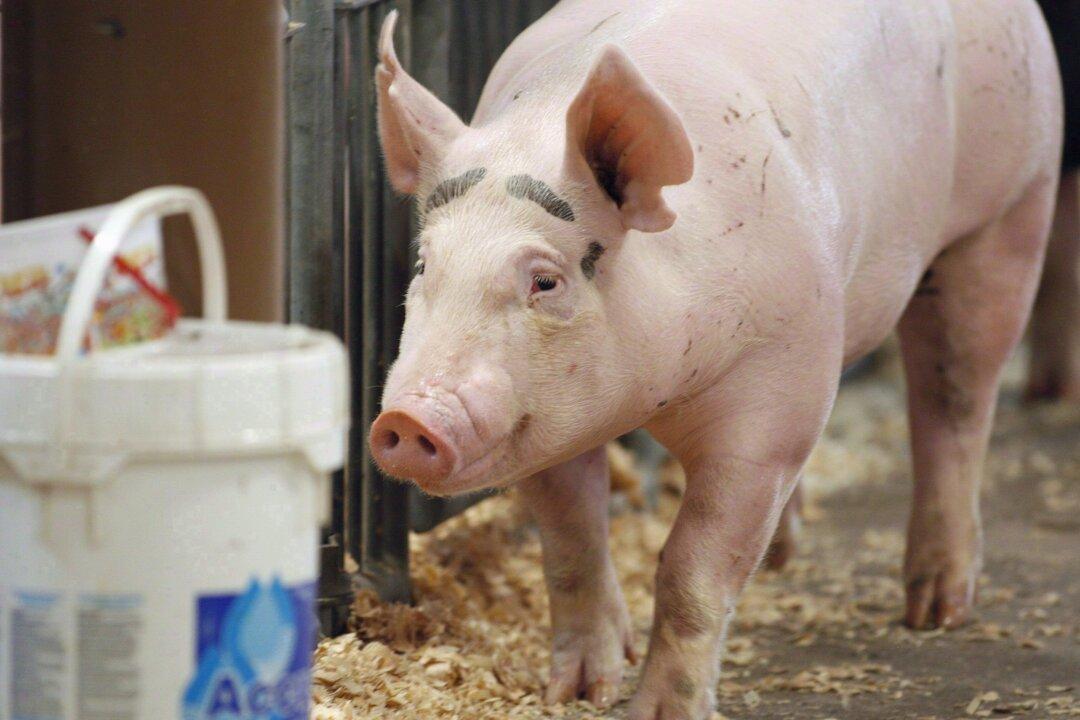The number of Ontario farms being impacted by porcine epidemic diarrhea has now reached 12, leaving policy makers and farmers scrambling to find ways to prevent the spread of the fatal pig virus.
“We are encouraging farmers to look at their own producers, their own on-farm bio-security measures,” said Bill Wymenga, a member of the Ontario Pork Board. “We are also looking at critical control points and identifying areas we can make improvements.”
The virus, which doesn’t pose a threat to humans, was first detected Jan. 22 and has since grown to 12 cases in Ontario, according to the Ontario Pork Board. It has a high fatality rate among piglets with no immunity to the virus.
“We don’t have enough information on individual cases about how many animals died,” said Wymenga. “One thing we did do was an extrapolation. If 25 percent of herds were impacted across Canada, we are looking at least in the $45 million range (loss), if not more.”
Farmers in other provinces have started work to prevent the spread of the virus. The federal government has also allocated $23 million for farmers to develop bio-security measures.
“If it spreads beyond Ontario, we would expect it would spread across other herds,” said Wymenga. “Each province is looking at their own situation and how to prevent it. We are hoping this won’t happen, but they are preparing themselves should it happen.”
The virus was first reported in England in 1971 and has since become common in both Europe and Asia. Its virulence increased when it reached China, and it is that strain that has impacted North American farms, explains Dr. Warren Skippon, manager of national issues and animal welfare at the Canadian Veterinary Medical Association.
The U.S. first reported finding the virus in April 2013 and since then it has spread to 23 states, leaving ravaged herds in its wake. Skippon says the speed of the virus’s spread can be explained in part because it can also be carried by objects like trucks or boots. He said the case demonstrates the need for “strict bio-security methods to be in place.”
“You got feed trucks, stock transport trucks; really anyone coming on to the farm has the ability to move this virus to another farm,” he said.
Vaccines for the virus exist in Europe, but they have not been proven effective. The Canadian Food Inspection Agency last month approved the import of Iped+ vaccine on an emergency basis into Canada. The vaccine is still undergoing testing and has yet to be approved by the U.S.
“It is still kind of early on. It is a vaccine coming out of Iowa. It has not been approved by the USDA. The efficacy trails are still going on,” said Skippon.
Even though it is in the preliminary stages, an unproven vaccine could still be valuable, he said.
Kaven Baker-Voakes is a freelance reporter based in Ottawa.




